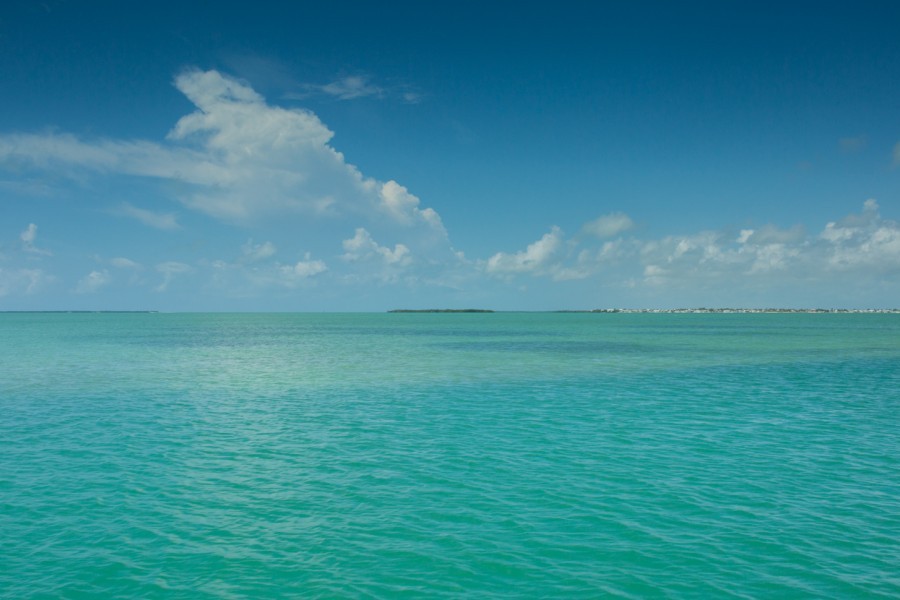Mote & international partners establish first ‘Rules of Thumb’ for marine connectivity conservation
As ocean habitats around the world face threats such as climate change, overfishing, pollution, and more, Marine Protected Areas (MPAs) can provide sanctuary to threatened populations and vital ecosystem services. However, even given the high movement of various species and resources within the ocean, ecological connectivity between MPAs has unfortunately been an infrequently used criterion in the establishment and management of MPAs. Using the best available science, Mote Marine Laboratory & Aquarium and the International Union for Conservation of Nature’s World Commission on Protected Areas, Marine Connectivity Working Group (MCWG)*, have published the new Marine Connectivity Conservation ‘Rules of Thumb’ for MPA and MPA Network Design. This publication is the first guidance from the MCWG for advancing connectivity conservation practices in marine environments.
“This publication is the result of collaboration among experts around the world and provides guidance for integrating connectivity into the planning and management of MPAs,” said Barbara Lausche, Director of Mote’s Marine Policy Institute and one of the authors on the publication. “These 13 ‘Rules of Thumb’ are intended to support more consistent efforts by MPA managers and marine conservation professionals to implement connectivity conservation and measure progress towards global conservation targets.”
Ecological connectivity is defined as the movement of populations, individuals, genes, gametes and propagules between populations, communities and ecosystems, as well as the structural connection of non-living material from one location to another. “In the ocean, species frequently cross national and international borders and the boundaries of MPAs as they travel for food, access to mates, refugia and more,” said publication author and Center for Large Landscape Conservation International Connectivity Program Manager Aaron Laur. “These ‘Rules of Thumb’ advance marine connectivity as an essential component of national, transboundary, and global marine policies and complementary management approaches across marine jurisdictions, in order to ensure greater success in marine conservation efforts.”
“Urgent action is necessary to protect the critical ecological connectivity of marine and coastal protected areas, biodiversity, and ecosystem services,” said Mary Collins, another author on the publication and Graduate Associate at the Center for Large Landscape Conservation. “Connectivity can also reinforce natural resilience to climate change and sustain marine-dependent livelihoods.”
“This publication may be one of the most concisely impactful that I have reviewed in my over 30 years of working with Marine and Coastal Protected Areas, in terms of furthering strategic national and international connectivity efforts for the long-term conservation and sustainable use of our ocean biome,” said Mote President & CEO, Dr. Michael P. Crosby. “In a broader sense, this also underscores that rather than being a barrier that separate us, oceans are bridges that can bring us together.”
Some of the ‘Rules of Thumb’ in the publication include:
- Identifying the role of marine connectivity in the face of climate change, and identifying climate change resilience as an objective in the management of MPAs.
- Including multiple types of ecosystems and habitats in MPAs to account for various levels of ecological connectivity. For example, an MPA could include coastal nurseries and offshore adult habitats for species such as sharks.
- Recognizing the relationship between MPAs and areas that may be used for commercial fishing, offshore mining/drilling, or other activities as species move between these areas.
- & more. Read all 13 “Rules of Thumb” here.
*The MCWG is part of the Connectivity Conservation Specialist Group, which was designated in 2016 under the International Union for Conservation of Nature’s World Commission on Protected Areas.
